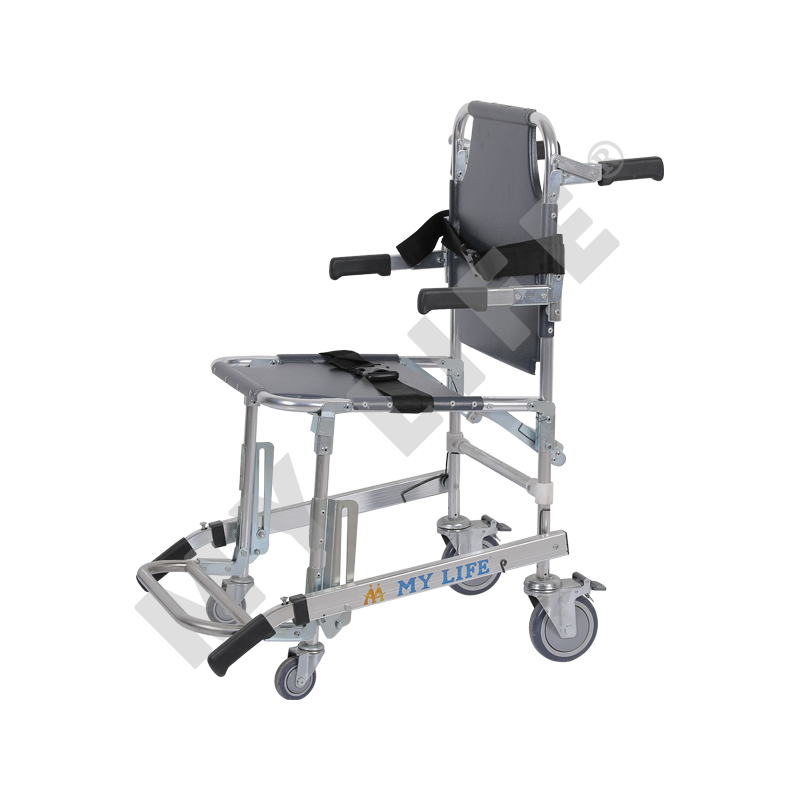The use of a wheelchair stair stretcher can be limited depending on the design and layout of the staircase. While wheelchair stair stretchers are designed to help transport individuals with mobility limitations up and down stairs, there are certain limitations to consider.

1. Width of the Staircase:
Wheelchair stair stretchers may have size limitations based on the width of the staircase. Some models may require a minimum width of the staircase to operate safely and effectively. If the staircase is too narrow, it may pose challenges for maneuvering the stretcher or may not fit at all.
2. Staircase Design: The design of the staircase can also impact the use of wheelchair stair stretchers. For example, if the staircase has narrow steps, uneven surfaces, or is curved, it may be difficult to safely navigate with a wheelchair stair stretcher. In these cases, alternative methods for transporting individuals should be considered.
3. Weight Capacity: Wheelchair stair stretchers have weight limitations that must be considered. These limitations may vary depending on the model and manufacturer. Exceeding the weight capacity can be dangerous and may result in injuries for both the user and the individuals operating the stretcher.
4. Safety Requirements: Some wheelchair stair stretchers may require specific safety features in the staircase to ensure safe operation. For example, handrails or a stairlift track may be needed to secure the stretcher during transportation. Without these safety features, using a wheelchair stair stretcher may be unsafe or impossible.
5. Operator Training: Proper training is essential for the individuals operating the wheelchair stair stretcher. They need to be familiar with the equipment, understand its limitations, and know how to handle emergencies or unusual situations. Training should cover proper techniques for loading and unloading the stretcher, securing the user, and navigating the stairs safely.
6. Building Regulations: Local building codes and regulations may impose limitations on the use of wheelchair stair stretchers. These regulations may cover aspects such as stair width, handrail requirements, weight capacity, or emergency evacuation procedures. It is crucial to understand and comply with these regulations to ensure legal and safe use of the stretcher.
7. Environmental Factors: Environmental factors like narrow hallways, sharp turns, or obstacles near the stairs can also limit the use of wheelchair stair stretchers. It is essential to assess the entire route involved in transporting the individual, not just the staircase itself.
8. User's Condition: The user's condition can also impact the use of a wheelchair stair stretcher. For instance, if the individual is unable to sit upright or maintain a certain position during transportation, using a stair stretcher may not be suitable. In such cases, alternative methods like a wheelchair lift or an elevator should be considered.
It is crucial to consult with professionals specializing in accessibility solutions to assess whether a wheelchair stair stretcher is suitable for a specific staircase. They can determine if any limitations exist and recommend the best alternative for safe and efficient transportation.

 英语
英语 中文简体
中文简体







